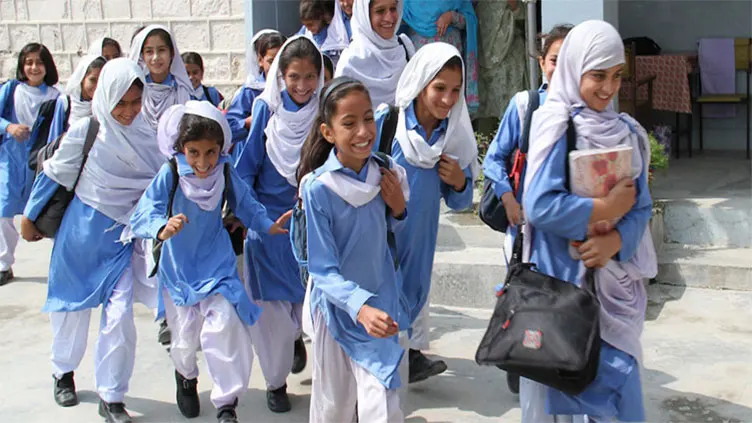After three-day closure to curb smog in 10 districts of Punjab, educational institutions reopened on Monday, bringing back the hustle and bustle of life. Moreover, business activities also came back to the pre-lockdown routine. Though all curbs have gone, the condition of wearing masks continues.
Roadside eateries were seen in the morning packed to their capacities and public transport also saw rush of travellers.
The caretaker Punjab government had taken a bold decision to opt for a smart lockdown as the menace of smog persisted, causing respiratory ailments to the dwellers of cities. The step brought some relief but the air pollution seemed persisting as with 353 air quality index (AQI) Lahore remained at the top of the list of the most polluted cities of the world. India’s capital New Delhi is the second most polluted city and Karachi is at the third spot. According to health officials, more than 7,000 people were brought to five big hospitals of Lahore with breathing problems.
It may be recalled that last week the Lahore High Court (LHC) ordered to keep all educational institutions closed on Saturdays until the end of January to curb smog.
The court directed the deputy commissioner and other government institutions to issue notifications to shut down schools, colleges, and universities to implement the decision in consultation with the authorities concerned.
Lahore on Monday remained on top of the list of the most polluted cities of the world with average pollution reading of 415.
Indian capital New Delhi remained second with 325 AQI reading.
According to the air pollution data shared by the Punjab Environment Protection Department, Upper Mall remained the most polluted locality with 508 Air Quality Index reading, Polo Ground Lahore Cantt 491, Lahore College for Women University 297, Lahore College of Earth and Environmental Sciences 250, Town Hall Lahore 299 AQI reading.
AQI as high as 151-200 is considered unhealthy, while an AQI rating between 201 to 300 is more harmful and AQI over 300 has been extremely hazardous. According to experts, air pollution level goes upward in winter, change in the wind speed, wind direction and sliding minimum temperature increases air pollution. The air becomes heavier in the winter as compared to summer, causing poisonous particles in the atmosphere to move downwards and making the atmosphere polluted. As a result, a layer of polluted particles, including large amounts of carbon and smoke, covers an area. The smoke produced by burning crop remnants, factories and burning coal, garbage, oil or tyres enters in the atmosphere and the impact of it appears at the onset of winter and remain till the season’s end, experts said.










